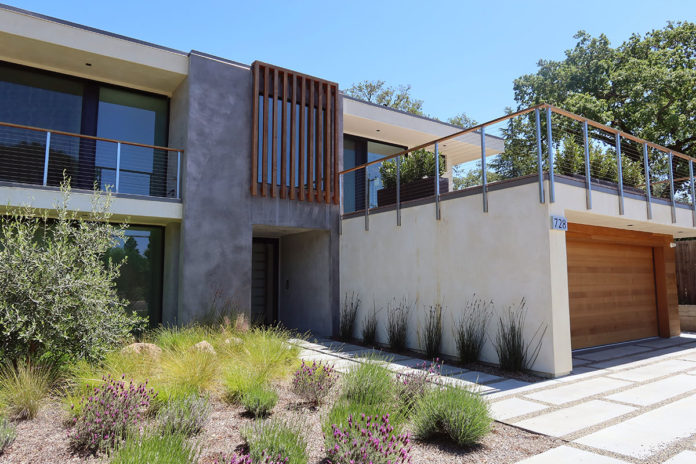
By David Hargreaves
Today, interest rates are over 7% for a 30-year mortgage, even higher than one year ago. And yet homes in Healdsburg city limits are selling 20% faster than they were a year ago, with a third of all homes getting multiple offers.
In any normal housing market when interest rates are so high, one would expect the market to be strongly in favor of buyers with properties struggling to sell, but that is not the case. For example, 104 Marion La., 1016 Sunnyside Dr. and 213 Chiquita Rd. all sold this year and all got five offers. Inventory levels, still hovering around three months, also point to a sellers’ market.
So what is happening in the Healdsburg market? Have prices softened? If one is looking to sell, is now the right time? If one is looking to buy, should they wait to see what happens?
I recently took a look at the housing market data for the Healdsburg area from January to April 2024 and compared it to the same time last year. Also, I analyzed the data for properties within the city limits versus more rural properties to see if there was a difference.
There is no question that it is tough for anyone looking to finance the purchase of a property right now, with a $1 million loan likely to cost around $6,000 per month. Despite the high costs of home ownership, the number of sales still increased nearly 10% year on year in January to April.
It is probably no great surprise that the number of cash purchases also increased dramatically, from 28% last year to 50% of all transactions so far this year. This balance is even more pronounced for more expensive rural properties where 60% were purchased for cash.
Big Factors
So what are the big factors that are influencing the Healdsburg housing market? There are three main factors: the relative affordability of homes, the limited supply and the increasing popularity of Healdsburg as a purchase destination, especially for an older demographic.
Let’s first tackle the thorny question of affordability. In any housing market, affordability is driven by three things: interest rates, median prices and median incomes. By any normal measure, Healdsburg is in no way affordable for someone who lives and works in Sonoma County, where median incomes are 35% lower than the Bay Area.
However, for Bay Area buyers, homes are still 20% lower than what they are used to. So far this year, 36% of purchases are for either investment purchases or purchased as second homes.
One of the great things about the city of Healdsburg is the limits put on the growth of the city. In recent years, much of the allocation has been taken up by the developments at Montage and Mill District, which has created a limited supply in a market where there are already fewer people willing to sell than there are buyers willing to buy.
If we look at the number of homes for sale this year, it is half the number of homes that were for sale five years ago, further exacerbating the problem.
Whether we like it or not, Healdsburg is getting to be more popular, not less popular, driven by its status as a food and wine destination and the lifestyle it affords. Its attraction as a destination among people who are either work optional or retired further drives a housing market where cash is king.
When looking at housing market trends, we also need to make a distinction between rural properties and properties in the city limits because they do represent very different buyers. The demand for rural properties continues, with sales of rural homes doubling compared to this time last year. However it will likely take someone twice as long to sell a rural property compared to one in the city.
What About the Future?
I think we all thought that interest rates would be significantly lower at the end of this year than they were at the start. But that is not going to happen because of the stubborn inflation numbers and strong employment data. Current estimates expect rates to stay the same or maybe fall to the low 6% level, but that isn’t enough to change the dynamics of the market.
However, we do have the small matter of an election coming up, which can do two things. It increases market uncertainty, leading to caution among investors and consumers. Second, elections can impact consumer confidence, which in turn affects the housing market either positively or negatively.
If I were thinking about selling, and I wanted to do so within the next 12 months, I would want to do so now before we get into the election season and while lack of inventory is on my side. But one must make sure the home is dialed in and priced right.
For buyers, the picture is a little less clear. If I were looking to buy a downtown property or a rural property that is popular among Bay Area buyers, I would absolutely want to buy now, as I just can’t see prices coming down for premium properties.
One can rest assured that if they sit on the sidelines, they almost certainly end up paying more in the long run. Let’s face it, no one ever looks back and thinks, “I wish I had waited before buying my place in Healdsburg.”
David Hargreaves is a partner in BruingtonHargreaves, online at bruingtonhargreaves.com.







